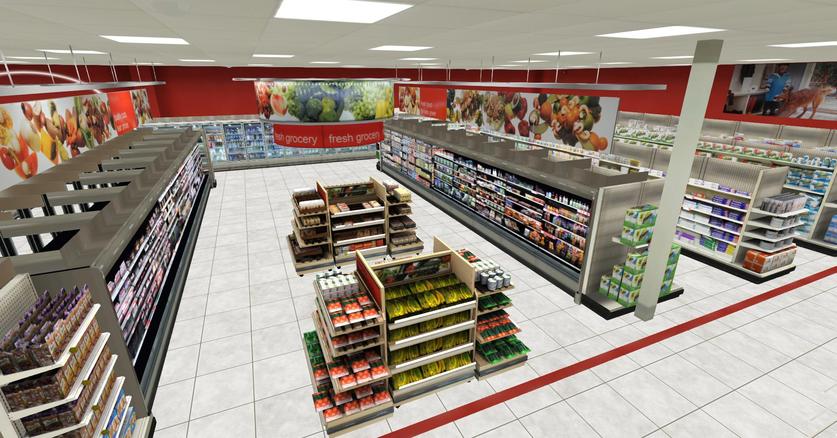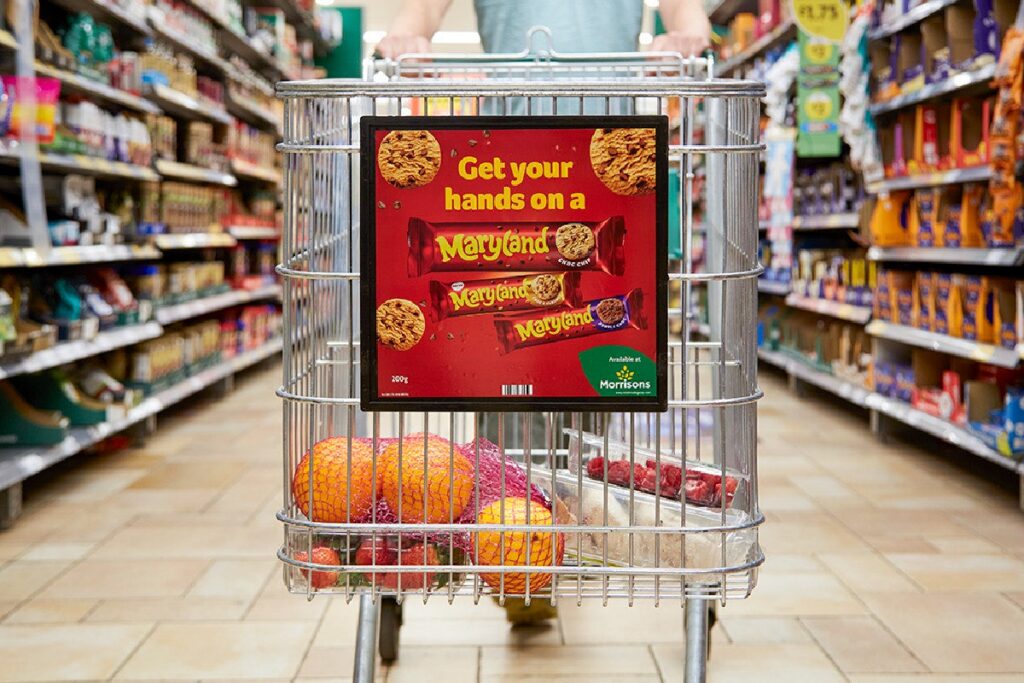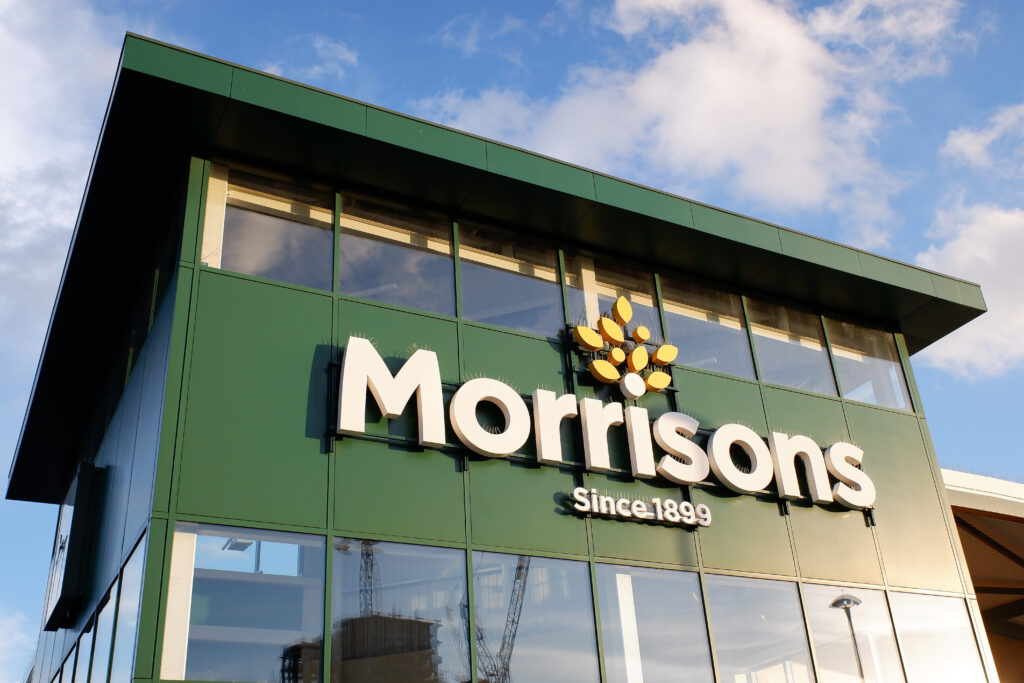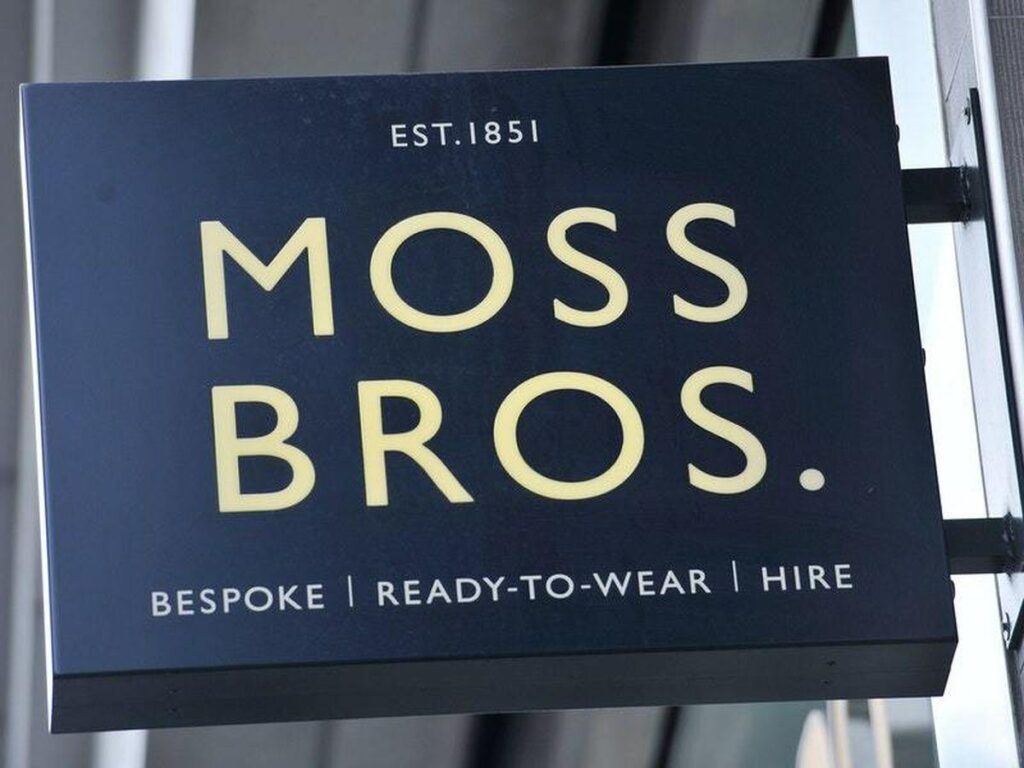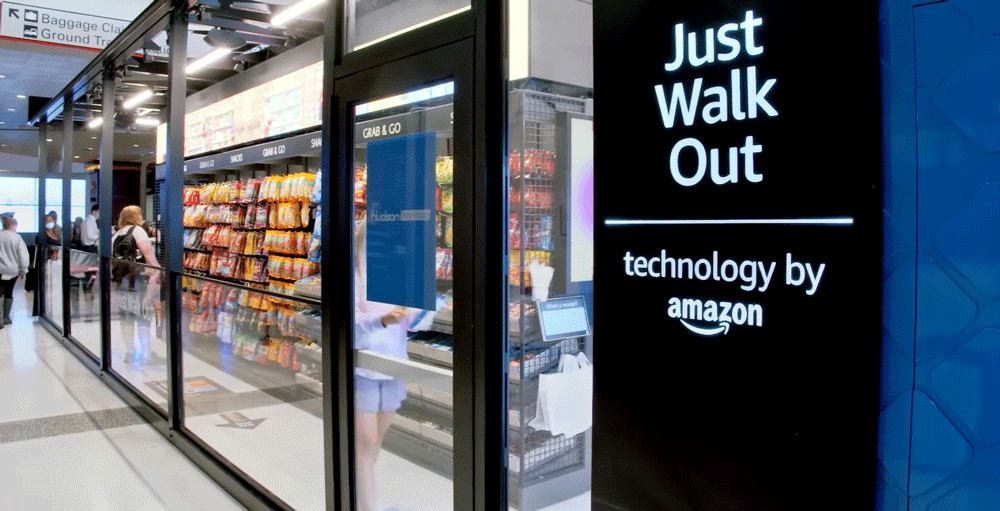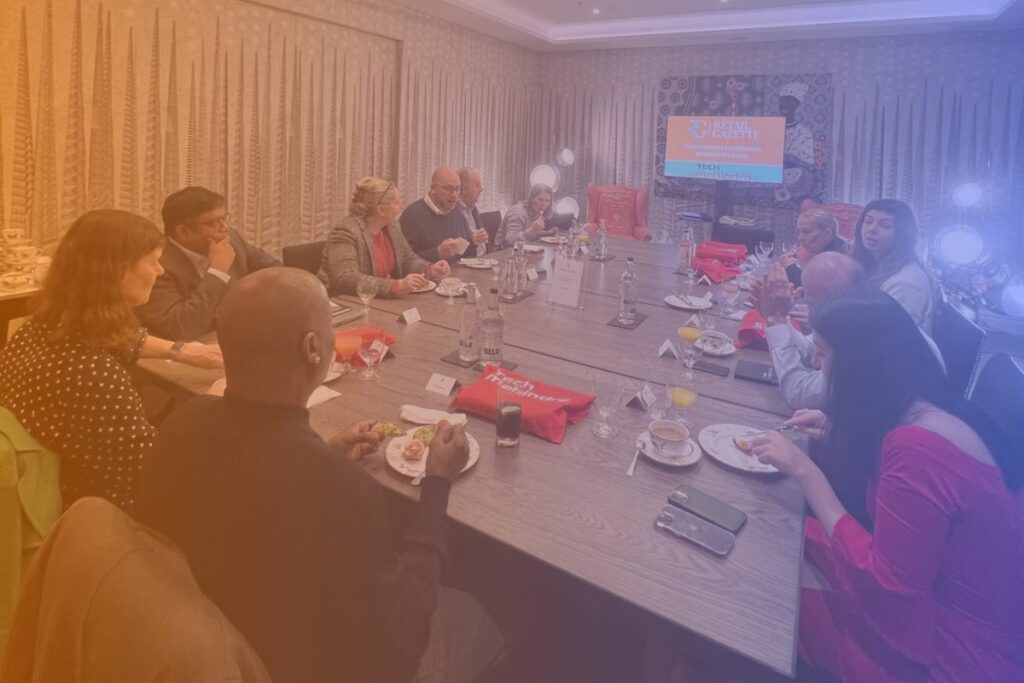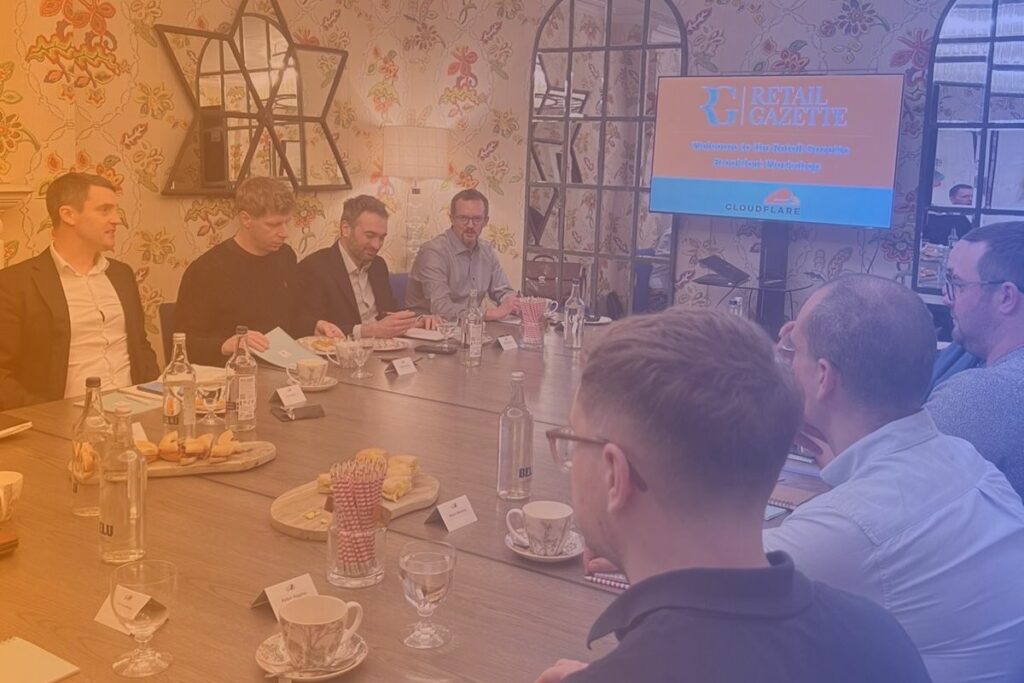WHAT IS IT?
Kantar Consulting’s new virtual reality experience is a tool which allows brands, suppliers and retailers to lay out an entire store within a virtual world.
Within this virtual environment, the entire store can be rearranged, down to position of items on the shelves.
The programme also integrates Kantar Consulting’s big data algorithms based on data from individual stores.
This can then provide a visual representation of which items on the self are likely to sell well, which should be removed, and which items should replace them.
It will provide the user with a yield rating for the shelf they have been working on, allowing them to entirely optimise their store layout and predict sales results accurately all from within a virtual environment.
HOW DOES IT WORK?
At first the user is presented with a virtual representation of a real store, laid out just as it would be in real life. Though the store shown to the Retail Gazette was a local Asda supermarket, Kantar Consulting have over 150 virtual stores to date.
They can then move around the store either using the VR headset or via a mouse or games console controller.
Items can then be placed anywhere in the store, for instance a new display model containing a new box of chocolates can be placed in the entrance to the store, or alongside the wine and cheese isle to encourage purchasing.
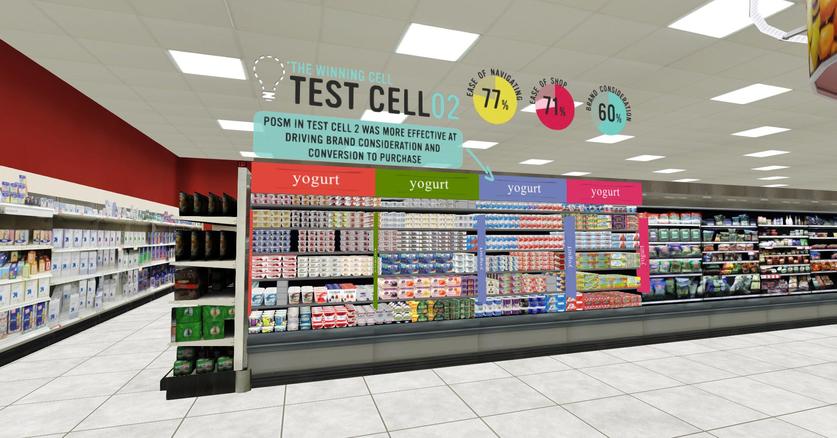 Other items like signage can also be added anywhere in store, like above isles where the new items will be displayed.
Other items like signage can also be added anywhere in store, like above isles where the new items will be displayed.
Users can then go more in-depth, taking a closer look at the layout of items on the shelf. Items on the shelf will be represented by virtual models of the actual items, of which Kantar says it has made 180,000. These offer a photorealistic image of how these items will look on the shelves.
This is where Kantar’s RichMix software comes into play. It uses data from individual stores and sales data specific to the brand and item to feed algorithms.
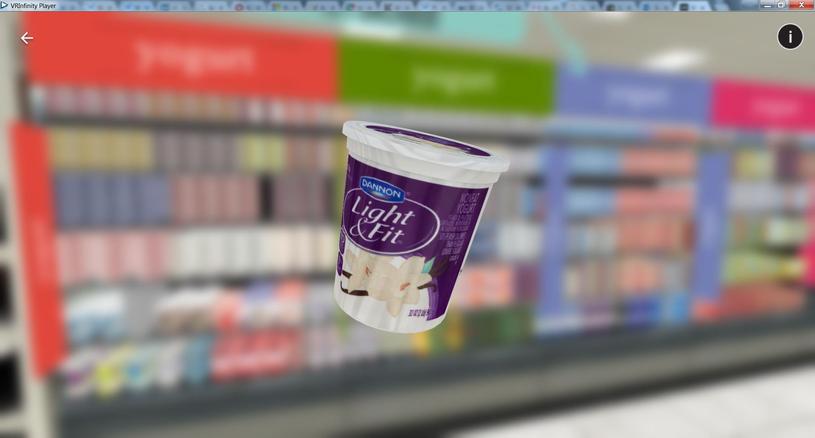 These then give each item a rating, predicting which items will perform best within a particular category. It uses a measure of “incrementality” which judges how customers will behave if an item is removed from the shelf. Will they buy another item, or leave the store to buy it elsewhere?
These then give each item a rating, predicting which items will perform best within a particular category. It uses a measure of “incrementality” which judges how customers will behave if an item is removed from the shelf. Will they buy another item, or leave the store to buy it elsewhere?
RichMix will then provide a report of the product selection, the assortment and the category’s signage and predict a measure of sales growth or decline for the coming year.
The software can also colour-code the items on the shelf providing a visual representation of which items will perform best, which should be gotten rid of and which new items should be included.
HOW WELL DOES IT WORK?
Despite representing a huge store space, the detail of the virtual environment was striking. Though sections of store are simple 2D photo representations, as opposed to 3D models, they are detailed enough so as not to detract from the experience.
The 3D models are interactive and during my short time using the Oculus headset I accidentally knocked over a row of bottles. This speaks to the level of detail involved.
Considering the alternative is a huge empty supermarket designed especially for merchandising, where users physically lay out the shelves with real products, the financial benefits are apparent.
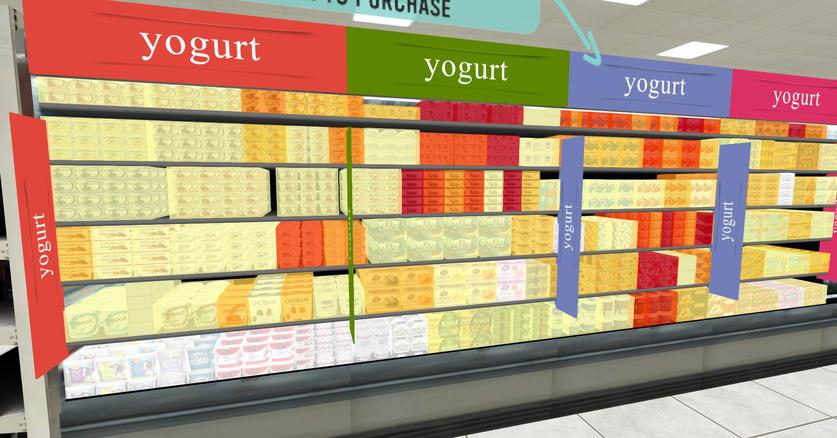 Having a virtual near-photorealistic representation of what layout should look like will also help retailers to implement their strategies more quickly.
Having a virtual near-photorealistic representation of what layout should look like will also help retailers to implement their strategies more quickly.
Big grocers reportedly struggle most to implement new arrangements due to lack of communication, but by offering a picture of what the shelf should look like store staff will have an easier time actioning plans from head office.
Though we cannot offer judgement on the efficacy of RichMix’s algorithms, the software itself seemed to perform very well. New reports are produced instantly, condensing huge amounts of complex data into accessible and clear information.
The software also uses figures from individual stores, so if a certain brand is favoured in the local area, the software will change its data to reflect that.
Mixing the visual representation with these predictions simplifies an incredibly complex and expensive process and it’s difficult not to see the potential benefits for retailers, brands and suppliers trying to make their store most efficient.
Click here to sign up to Retail Gazette‘s free daily email newsletter

